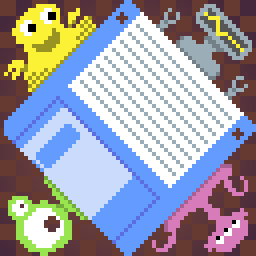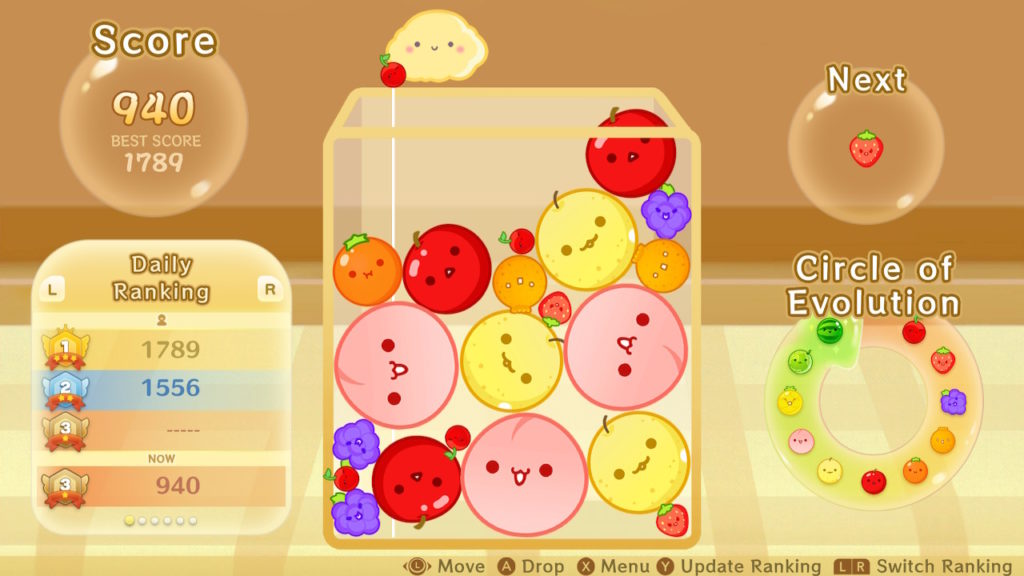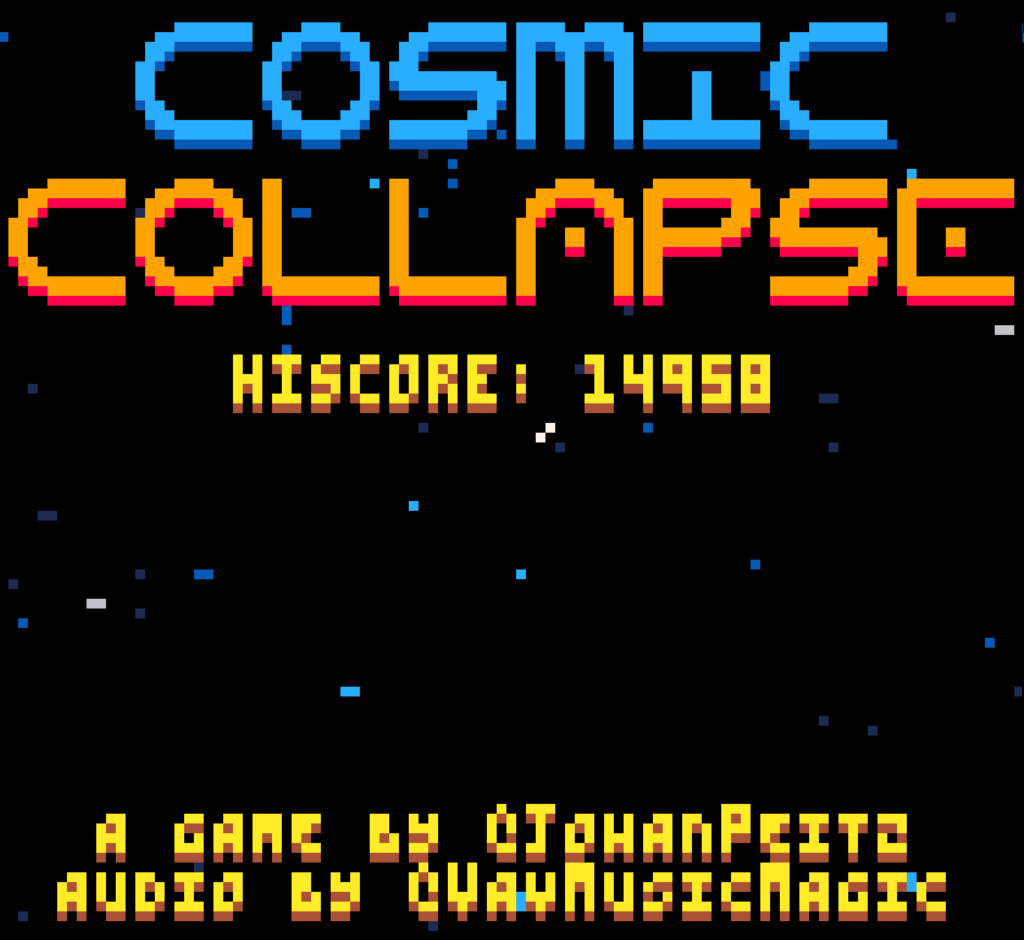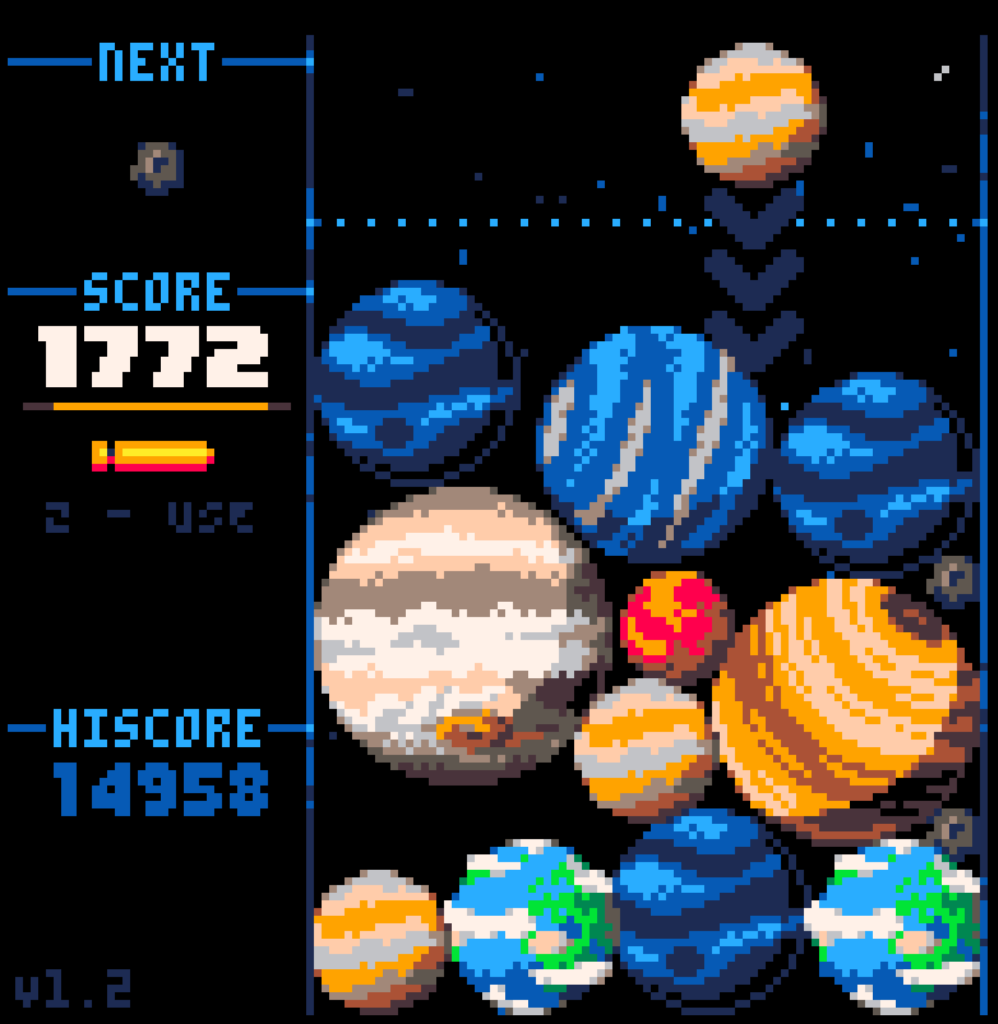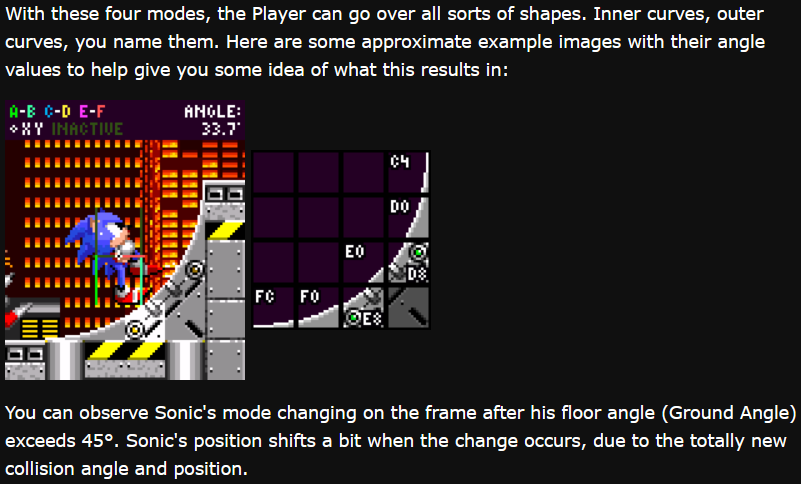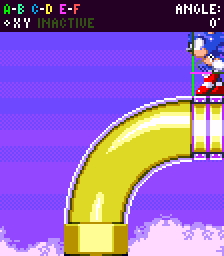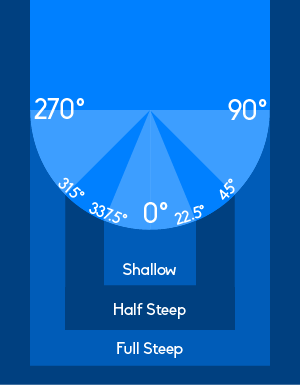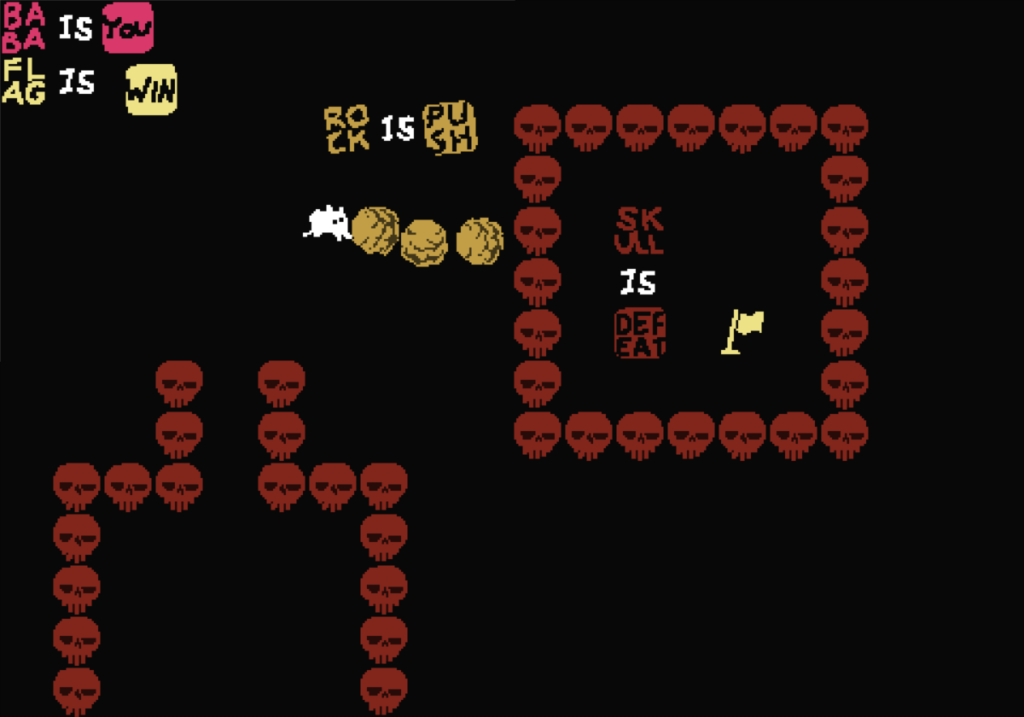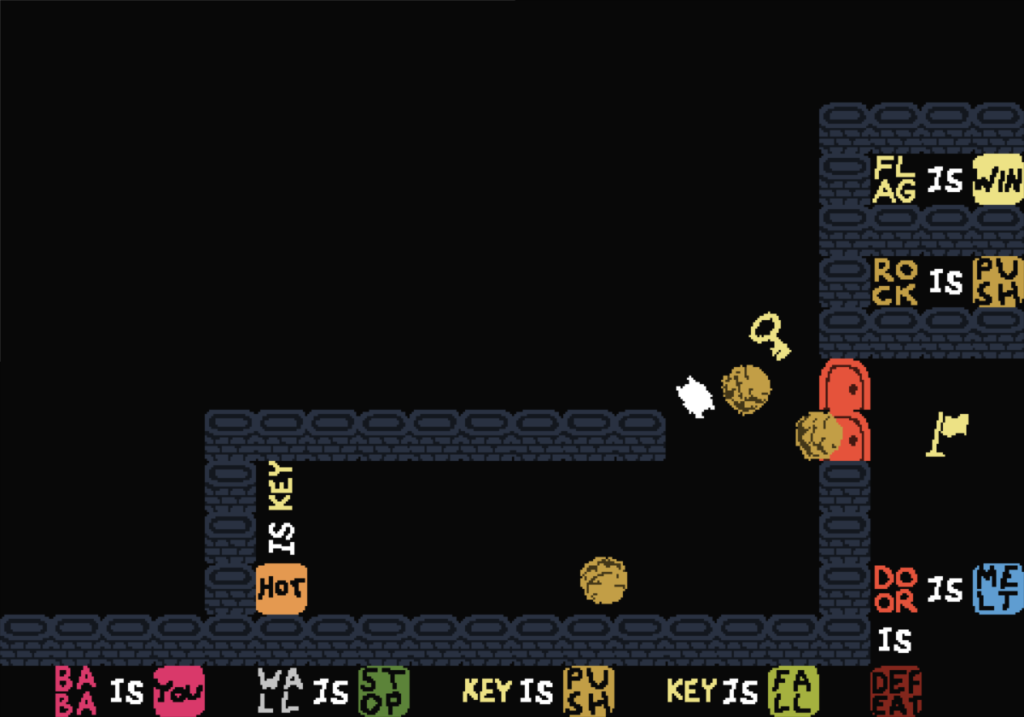You may remember PannenKoek as that person who has been trying to figure out how to complete Super Mario 64 in as few A button presses as possible, an odd, but no less noble, quest. They’ve been at it for quite a long time now, 13 years, but they’re still going. They have two loaded Youtube channels containing the pixelated fruits of their labors, PannenKoek2012 and UncommentatedPannen. Whenever you see a random Youtube video that uses the File Select music from Super Mario 64 as background music, they’re paying homage to PannenKoek, god of the game explainers.
While explaining aspects of Mario 64, that foundational, primordial 3D platformer, sometimes they ably explain complex and niche topics in computer science along the way. We’ve covered their videos before, more than once probably, and marveled at how by explaining some unexpected behavior in Nintendo’s N64 launch title, they have managed to make something important about how computers do things comprehensible. In three videos, they explained how Mario 64 handles terrain well enough that one feels (somewhat misguidedly) that they could implement their own 3D platformer. They made a bizarrely interesting video about how characters blink their eyes that shows various ways that games implement timers and randomness. They have a whole video on pseudorandom number generation, and another on floats, that computer number representation system that has deeply weird implications.
Their most recent video is a three hour, 45 minute epic that explains why sometimes, when Mario jumps, he seems to strike something invisible in his way. It’s a consequence of several unusual decisions Nintendo made in constructing the physics of Mario’s world, which includes the fact that level edge walls in Mario 64 aren’t implemented as geometry, but as a consequence of the lack of geometry: if there is no floor over a space, then the game rules it as Out Of Bounds. It won’t let Mario enter this completely invisible unspace under normal conditions, and will instantly kill him if he somehow enters into it. It is like antimatter. And that’s not even getting into how ceilings operate.
Here, then, it is. It is a lot, and I wouldn’t blame you if you can’t get through it all, but for a certain intersection of game obsession and brain chemistry, it is engrossing, and that’s before they even get to the periodic table of invisible walls:

